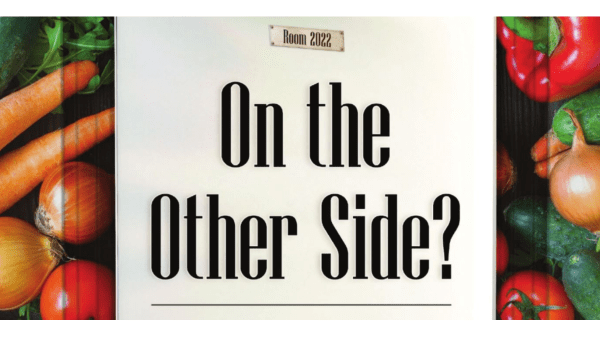Product sampling was put on hold during the pandemic due to safety concerns, but will it come back? And at what level?
“Nothing can replace the in-store experience of tasting something and the impulse buy that comes with it,” says Julie DeWolf, founder of DeWolf Marketing BB #:376983 in Redondo Beach, CA.
“I hope retail sampling comes back—it’s one of the most successful ways to drive purchase.”
The technique is returning, at least in some retail chains and in regions of the country, along with alternatives to supplement the in-store experience.
This can include packaging individual samples or including them with meal kits, or creating sampling opportunities outside the store, such as at grassroots events, or delivered to workplaces, DeWolf says. “I’m hoping retailers will use their click-and-collect or delivery programs to include sampling, along with a call to action like a coupon.”
“We’re starting to bring back sampling in our stores, and I’m sure it will come back strong,” says Laura Himes, senior produce merchandising director at Walmart BB #:143789, Bentonville, AR.
Yet she mentions a simpler way to effectively reach customers: “The use of social media in creative ways is probably an even better way to get customers engaged.”
Wendy Reinhardt Kapsak, president and CEO of the Produce for Better Health Foundation BB #:157162 in Brentwood, MO, agrees, noting a three-pronged approach to convince shoppers to buy: point of purchase (sampling and signage) in stores, point of flavor (through foodservice and culinary channels), and point of inspiration (the digital and online space). Through these options, she says sellers can provide “a positive impact on consumer purchase and consumption.”
DeWolf sees more room for influencers to tell followers about produce and provide links to specific retailers. As with any social media marketing, the message should come across as authentic and natural as possible, despite being a paid sales pitch. Most important is including a specific call to action.
Social media is also driving growth for Instagrammable specialty items, as consumers enjoy posting pictures of their dining experiences.
“Products with an image that is striking or unique will continue to develop,” says Jin Ju Wilder, director of marketing and business development at Vesta Foodservice BB #:125924 in Santa Fe Springs, CA, citing pink pineapple, white pineberries, caulilini (a cauliflower/broccoli hybrid), and honeynut squash as examples.
Shoppable content is another growth area, especially as more consumers shop online. In the last year, Albertsons Companies, Inc. partnered with Pinterest for shoppable recipes and with Firework to create videos of food-related content. The retailer joined others, notably Walmart, in testing the efficacy of shoppable content.
Retailers and vendors are also increasingly tailoring their messaging to specific consumers.
“Programmatic digital advertising is hitting its stride,” DeWolf says. It can now be precisely targeted to the shoppers a retailer wants to reach.
Brian Numainville, principal of The Feedback Group, agrees, and expects a continued move away from advertising in newspaper circulars to more personalized offers, delivered through apps and loyalty programs.
“Shoppers crave experiences as individuals and not just generic offers to people like them,” he says.
“This is especially valuable when the most loyal shoppers of a retailer receive an experience, recommendation, or offer targeted to them. Many retailers have been moving down this path for some time, and I expect it to continue to gain steam in 2022.”
This is an excerpt from the cover story of the January/February 2022 issue of Produce Blueprints Magazine. Click here to read the whole issue.



